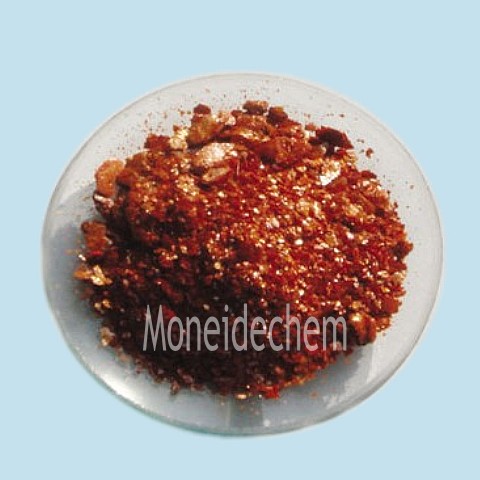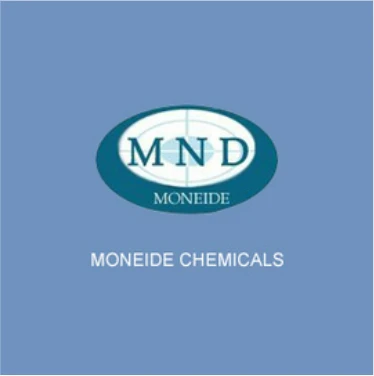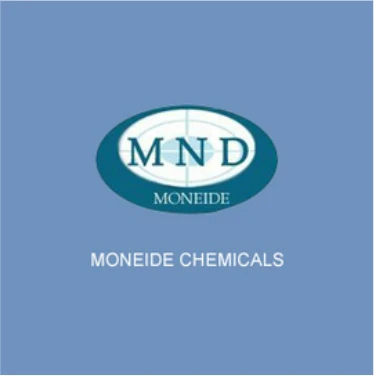Welina mai iā Tangshan Moneide Trading Co., Ltd.
Nā Mea Kimi Moneide
Tel: 86-315-8309571
WhatsApp/WeChat/Mobile: 0086-15633399667
Skype: janet-honest
Leka: sales@moneidechem.com
Wahi: 2-7-523 Jidong Building Materials Tangshan, Hebei 064000 Kina
|
Inoa Kimia |
Methyl red sodium salt |
|
CAS No. |
845-10-3 |
|
ʻAno molekala |
C15H14N3NaO2 |
|
EINECS No. |
212-682-9 |
|
Kaumaha molekula |
291.28 |
|
Hoʻokumu Molecular |
|
|
Nā kikoʻī |
Appearance: Orange red crystalline powder PH change range: 4.5(red)~6.2(yellow) Solubility in water: Passes test Solubility in alcohol: Passes test Sulfated ash: 20.5~24.0% Oxidation test by bromine: Passes test Solubility: solve in water and alcohol。 Packing: 25kg/ fibre drum
|
|
Noi Nui |
Hōʻike |
What is the methyl red sodium salt?
Methyl red sodium salt is the water-soluble sodium derivative of methyl red, a common azo dye indicator with the chemical name sodium 2-[4-(dimethylamino)phenylazo]benzoate. This compound appears as a dark red crystalline powder that dissolves readily in water and polar solvents to form a red solution. The sodium salt form overcomes the limited aqueous solubility of regular methyl red, making it more convenient for laboratory applications requiring precise pH measurements. Its molecular structure contains both azo (-N=N-) and carboxylate (-COO⁻) functional groups that contribute to its pH-sensitive properties. The sodium salt conversion maintains the indicator's characteristic color-changing ability while improving its handling and miscibility in aqueous systems.
What is methyl red sodium salt used for?
Methyl red sodium salt serves primarily as a pH indicator for the range of 4.4 (red) to 6.2 (yellow), making it particularly valuable in microbiological media to detect acid production from carbohydrate fermentation. It's widely employed in the methyl red test, a standard component of the IMViC series for bacterial identification, especially for distinguishing Escherichia coli from other Enterobacteriaceae. The water-soluble sodium salt form is preferred for preparing consistent indicator solutions in clinical and industrial laboratories. Additional applications include use as an endpoint indicator in acid-base titrations and as a staining agent in certain histological procedures. Its reliable color transition and stability make it a mainstay in quality control processes requiring precise pH monitoring.
What is the feature of methyl red sodium salt?
The key feature of methyl red sodium salt is its sharp, reversible color transition across the biologically important pH range of 4.4-6.2. Unlike the parent methyl red compound, the sodium salt offers enhanced water solubility without compromising indicator performance. The dye exhibits excellent chemical stability in solution, maintaining its sensitivity through repeated pH cycles. Its intense coloration allows for visual detection at low concentrations, while remaining non-toxic at working dilutions. The azo chromophore provides strong light absorption, enabling spectrophotometric quantification when precise pH measurements are required. These combined properties - solubility, stability, and vivid color change - make it superior to many alternative pH indicators for applications in biological systems and aqueous environments.






























